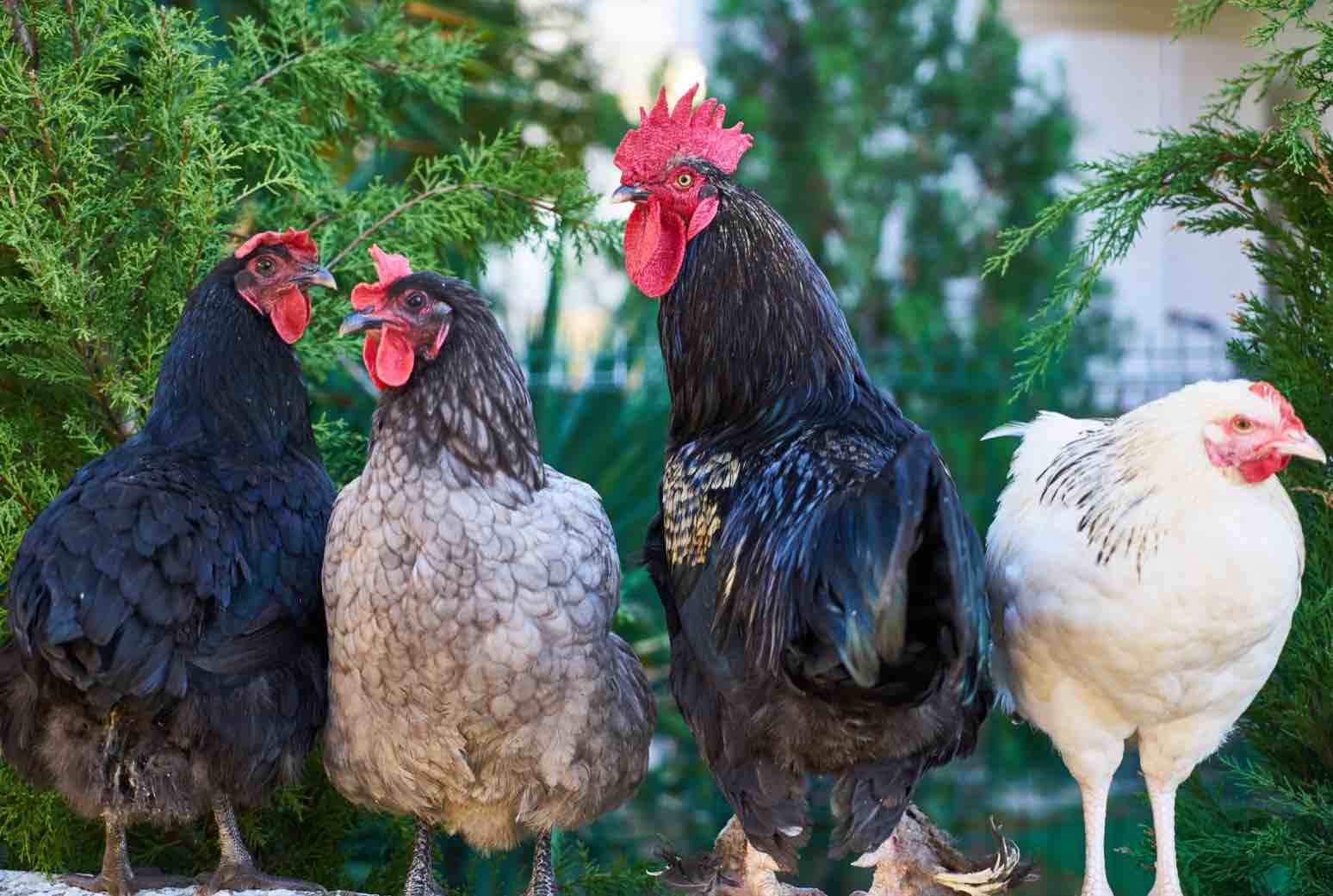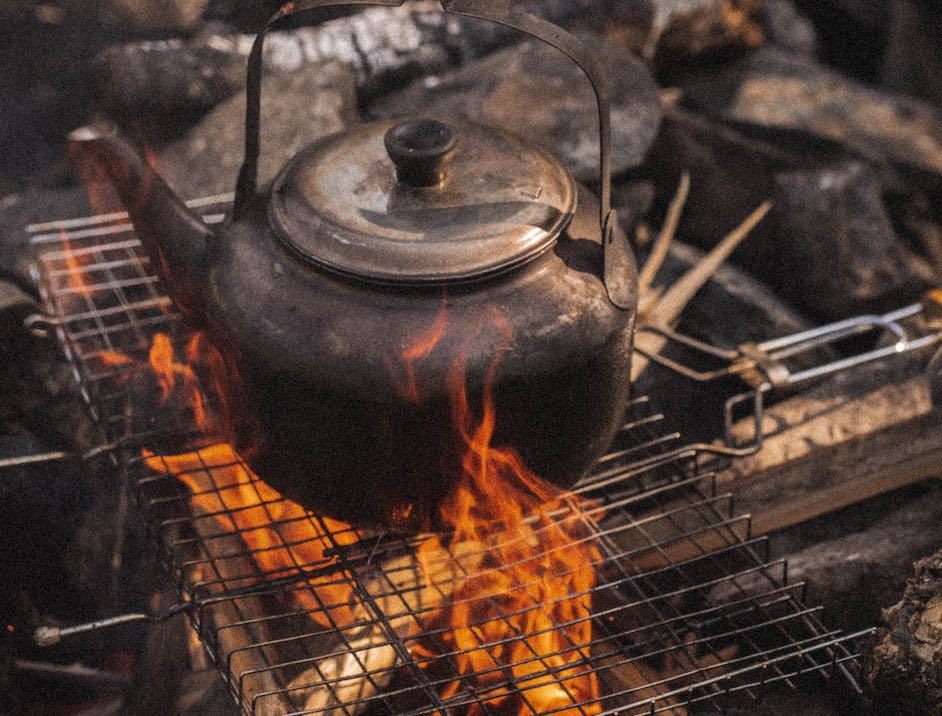
If you are considering being a homesteader or already homesteading, below are a few homesteading ideas to help you improve your skills for successful homesteading:
A Must-Have for Successful Homesteading
Homesteads are all different, but most have some things in common. One of homesteading must-have is a dog. Trained dogs can look after livestock and keep away predators both animal and human intruders who come to steal. Some of the best breeds for homestead protection are Labradors, Australian cattle dogs, German shepherds and Great Pyrenees. However, the dogs must be well-trained otherwise they can attack your poultry or livestock and cause serious loss. But the benefits of dog ownership on the homestead far outweigh any disadvantage. Well-trained dogs are perfect for any homestead.

German Shepherds
German Shepherds is a herding breed known for its courage, loyalty and guarding instincts – perfect for homesteading!
How to Keep Coyotes and Bears Out of Your Chicken Coop
Predators are common when it comes to homesteading, and they’re active both at night and during the day. Poultry is the most vulnerable to such attacks, therefore, it is crucial to beware of the predators such as coyotes, racoons, skunks, opossums, and weasels, that put your kitchen coop at risk.
However, their access to your coop can be controlled. Avoid traditional chicken wire when covering coop windows and use strong mesh instead. The lower gauge metal and smaller openings make it more difficult for would be attackers to reach inside the structure. Put a roof over your coop, use quality locks and install motion detection lights. Build a barrier at least six feet high. This could be an electric fence or barbed wire. Eliminate all food sources by properly disposing of garbage. This is an attraction especially for coyotes and racoons. Dogs can also be a great help when it comes to keeping predators away.

What are the best hardy chickens?
Three docile, cold hardy breeds include Orpingtons, Australorps and Silkie Bantams. Other breeds that don’t mind chilly winter weather include Wyandottes, Rhode Island Reds, New Hampshire Reds, and Salmon Favorelles.
Best Campfire Food
Summer is one of the most adventurous seasons of the year because it’s camping season. Most homesteading communities spend their time, especially late evenings, around a campfire. Preparing food out in the open feels great which is why camping food is irresistible. It could be a backyard BBQ or a cookout in the woods. With the best tea kettle you can make tea, sit around a fire with your family, swap stories while staring at the dark open sky, making wonderful moments and memories. At my homestead, the most popular food to cook out is steak. However, many other foods like veggie kabobs, roasted corn, and baked potatoes, make camping more interesting.

A Campfire Necessity: A Good Teakettle!
There is lots of great food you can make using a campfire, but a necessity is a great cup of hot tea or coffee to start and end your homestaeding day.
Living Off The Grid
Going totally off the grid means you don’t depend on the government for electricity, gas, septic or water. That sounds cool, right? This is one of the aspects of homesteading that saves money. Modern off the grid living might include having a solar-powered electricity system or a wind-powered generator, drilling a borehole or well for your water, and building a septic tank for your sanitation.
Other than the advantages, this too has a downside. There are expenses involved in setting up your system, but the long-run cost benefits outweigh the investment. And power that relies on weather is reliant on… weather. If you’re using solar panels in an area with dense cloud cover, your panels will only generate 10-25% of their normal output. If you are using a wind-powered generator, it depends entirely on the wind. No wind equals no power. If you are using a petroleum power generator, you incur the cost of buying gas. One of the solutions is to have a combination. For example, having a solar system that will work through bright summer months but back it up with a petroleum generator for the cloudy weeks of winter. It takes some ingenuity, but if the homesteading lifestyle is for you, it can be one of the most worthwhile experiences you ever choose!
Successful Homesteading Requires a Fresh Water Supply
Ever heard of the phrase, “water is life?” Indeed, it is. A fresh water supply is a homesteading essential and water supply problems can occur anywhere. So, it’s important to put measures in place to counter this challenge.
The ideal situation is to acquire a property with a “live water source” such as a stream, pond, creek, or run-off that can be diverted to different parts of the property and stored. But, while ideal, it can also be a rarity depending upon where you choose to homestead.
Drilling a borehole, also known as a water-well, is an excellent option for a long-term water source, but it can be a complicated process. Finding a drill site that will yield an adequate amount of water, installing proper well casings, screens and sanitary shields are just some of the components to creating a well-sourced water supply.
Rainwater harvesting is another, less complex option. Installing water catchment systems and setting up reservoirs for storing harvested water allow a homesteader to not only do their part for water conservation, but they can also stop erosion and flooding on their property as well as avoiding potential contamination of water.
Archie Adams is a builder and homesteader sharing with us a three part series on the benefits of this lifestyle. Read Part 1 of Archie’s Homesteading Adventures here.

Making Simple Changes. One Product at a Time.
In a Disposable World 4 Easy Ways to Be Kinder to Our Planet. Read it Here

By Archie Adams
Archie was a builder for more than 40 years. Mainly, after his retirement, the enthusiastic electrician works on his homestead and writes for blogs to keep himself occupied. His many years of experience can get you the right tool reviews whether it is a drill or a welding machine. An impressive fact to note about him is that almost everything in his house is a representation of his skills made by his hands.
Connect With Us on Social Media!
RECENT FAVES
Tips for Hitting the Road with Your Furry Friends
Part 1 of Kathlene McGovern’s 2 part series on the best and safest ways to travel with your furry friends!
I’m Just Curious
Dove Rose give us ideas on how to stay curious! Keep it Fresh in the Kitchen, on the Drive and in your Life. New ideas to keep our mind alive!
Living Unhoused for a Week: Ken Craft Takes to the Streets
Ken Craft of Hope of the Valley lives unhoused on the streets of the San Fernando Valley for 100 hours and shares the challenges, insights and struggles he faced on this journey.



